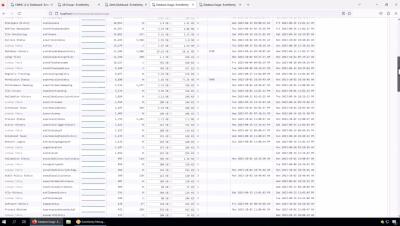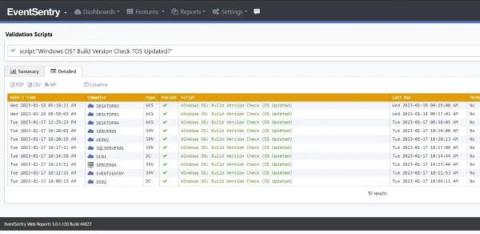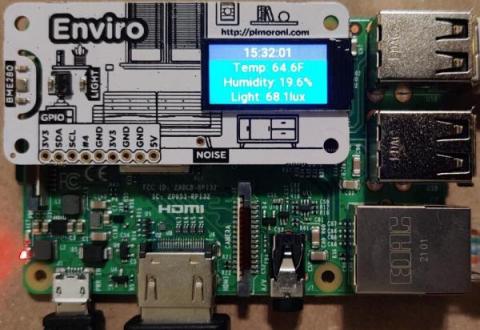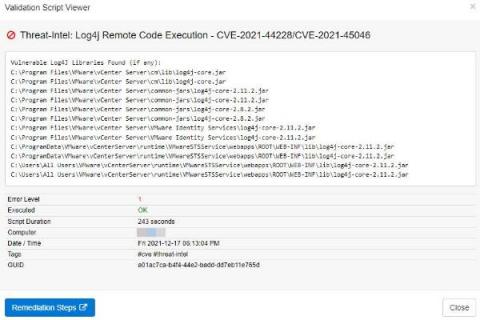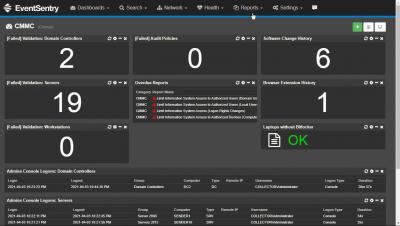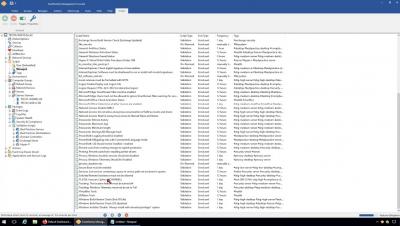Operations | Monitoring | ITSM | DevOps | Cloud
EventSentry
The Life of the Sysadmin: A Patch Tuesday Story
The System Administrator! AKA the Sysadmin. The keeper of the network, computers – well basically all things technology. The one who is hated for imposing complex passwords and other restrictions, but taken for granted when everything works well. They are the first to be called when “facebuuk.com” reports: “domain does not exist”.
Monitoring Transaction Log Files for PCI compliance
File Integrity Monitoring, aka as FIM, is a must-have feature for anyone in charge of security. With FIM, one can detect when a critical file, such as a file that belongs to the Operating System, or a key configuration file, is changed. In most cases, configuring FIM is straightforward: If the file changes then generate an alert.
Are disconnected RDP sessions ticking time bombs in your network?
I think we’ve all been there before – you log on to a server remotely via RDP, and do the needful – but don’t immediately log off. But then you get distracted by a phone call, an email, a chat, or a good old-fashioned physical interaction with another human being. So when it comes time clock out for the night, you shut down your computer or log off. Or maybe you’ve been working on a laptop and your VPN got interrupted.
A SNMP-enabled temperature + humidity sensor for under $110
Monitoring temperature and humidity in a server room are quite important if you want to reduce the risk of expensive equipment failure. Yet, many server rooms either aren’t monitored at all or rely on ancient wall-thermostats that, in case of a problem, only emit desperate beeps that nobody will hear.
Discovering vulnerable Log4J libraries on your network with EventSentry
Just when the Microsoft Exchange exploit CVE-2021-26855 thought it would win the “Exploit of the year” award, it got unseated by the – still evolving – Log4J exploit just weeks before the end of the year! Had somebody asked Sysadmins in November what Log4J was then I suspect that the majority would have had no idea. It seems that the biggest challenge the Log4J exploit poses for Sysadmins is simply the fact that nobody knows all the places where Log4J is being used.
EventSentry on GitHub: PowerShell module, templates and more!
Since we’ve accumulated a lot of resources around EventSentry that are updated frequently, we’ve decided to launch a GitHub page where anyone can access and download scripts, configuration templates, screen backgrounds and our brand-new PowerShell module that is still under development.
Top Events You Should Always Audit & Monitor
Anybody who’s looked for answers on the Internet has likely stumbled across a “TOP X LISTS”: The “10 things famous people do every day”, “Top 10 stocks to by”, the “20 books you have to read” are just some examples of the myriad of lists that are out there offering answers. You may have even stumbled upon a few “Top 10 (or 12) Events To Monitor” articles too.


